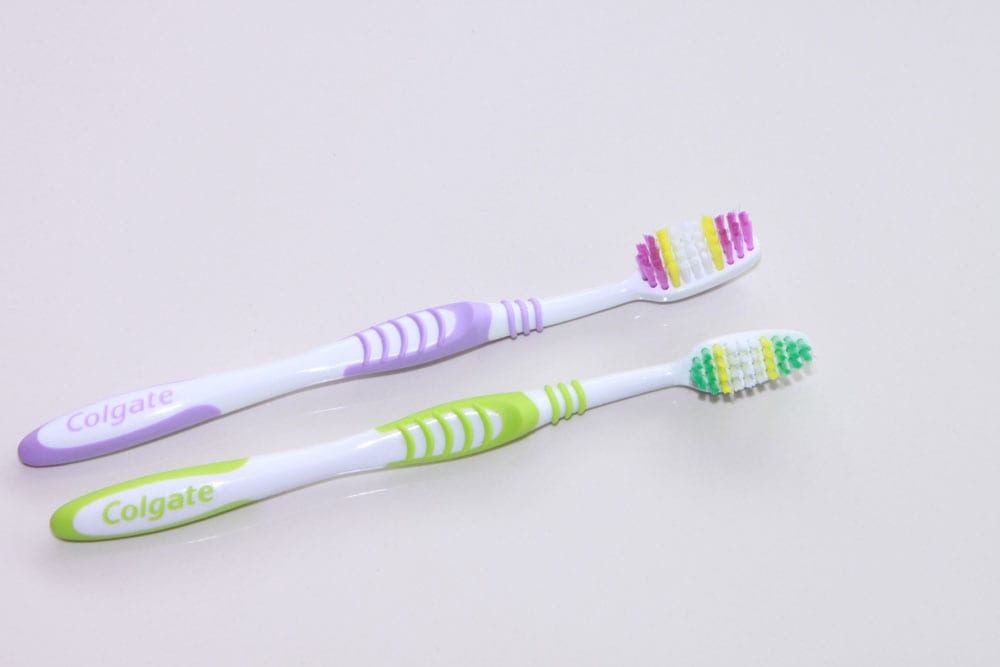We use a toothbrush everyday to keep our teeth and mouth clean but did you know that even a new toothbrush can become dirty after use just once, from bacteria and viruses in the mouth or the outside environment? Your toothbrush may be a breeding ground for bacteria, if it is not cleaned properly, which gets transmitted to your mouth. Controlling oral bacteria is absolutely essential for good oral health and in preventing tooth decay. Here are a few tips on how to keep your tooth brush free from germs. Following are helpful tips for keeping your tooth brush bacteria-free and your mouth healthy.
Store Your Toothbrush Properly
Germs and bacteria breed in cool, humid, and dark places so your bathroom medicine cabinet may not be the best place to store your toothbrush. Studies have shown that toothbrushes kept in a moist environment can retain up to half of the Herpes Simplex virus Type 1 for up to seven days. Also every time you flush a toilet, water particles get launched up and outwards in a 6 to 8-foot radius, which can also contaminate your toothbrush if is it placed within reach. So what is the best way to store your toothbrush, when you are not using it?
To keep the bristles of your brush dry, always store your brush upright in a toothbrush holder. It is ideal to hold it up straight so that the water from the bristles drains quicker. Also storing your brush upright helps eliminate excessive microorganism growth.
It is advisable to store your toothbrush away from your toilet so that particles released in the air when you flush cannot reach your toothbrush. Keep your brush as far away from the toilet as possible and store it upright.
How to Clean Your Toothbrush
Here are some essential steps to help you clean your toothbrush-
- After you brush your teeth, rinse your toothbrush with hot water after each use. When rinsing the bristles, use your thumb to gently run the warm water through them to wash away left over toothpaste and food debris stuck in between the bristles of the brush.
- Dissolve a teaspoon of a tricoslan-containing solution in sterile deionized water and soak the brush head in it to clean it.
- Alternatively, you can also soak your brush head in an antiseptic mouth rinse, like Listerine.
- You can clean your toothbrush by sticking it in a clean glass filled with undiluted white vinegar. Make sure that the bristles are completely covered by the vinegar.
- You can also use any of these solutions to treat new toothbrushes before using for the first time because they can become contaminated during the manufacturing and packaging processes too.
When Should You Replace Your Toothbrush?
There is a term limit to your tooth brush. Ditch your old brush and replace it with a new one. Replacing your brush is essential because an old brush or brush head can accumulate bacteria and if it becomes frayed, it won’t serve its purpose well, that is to clean plaque from your teeth. According to the American Dental Association, you should ideally look to replace the brush or brush heads if you use an electronic toothbrush, after every three months. If the bristles breakdown and become frayed then you will need to replace it earlier.




